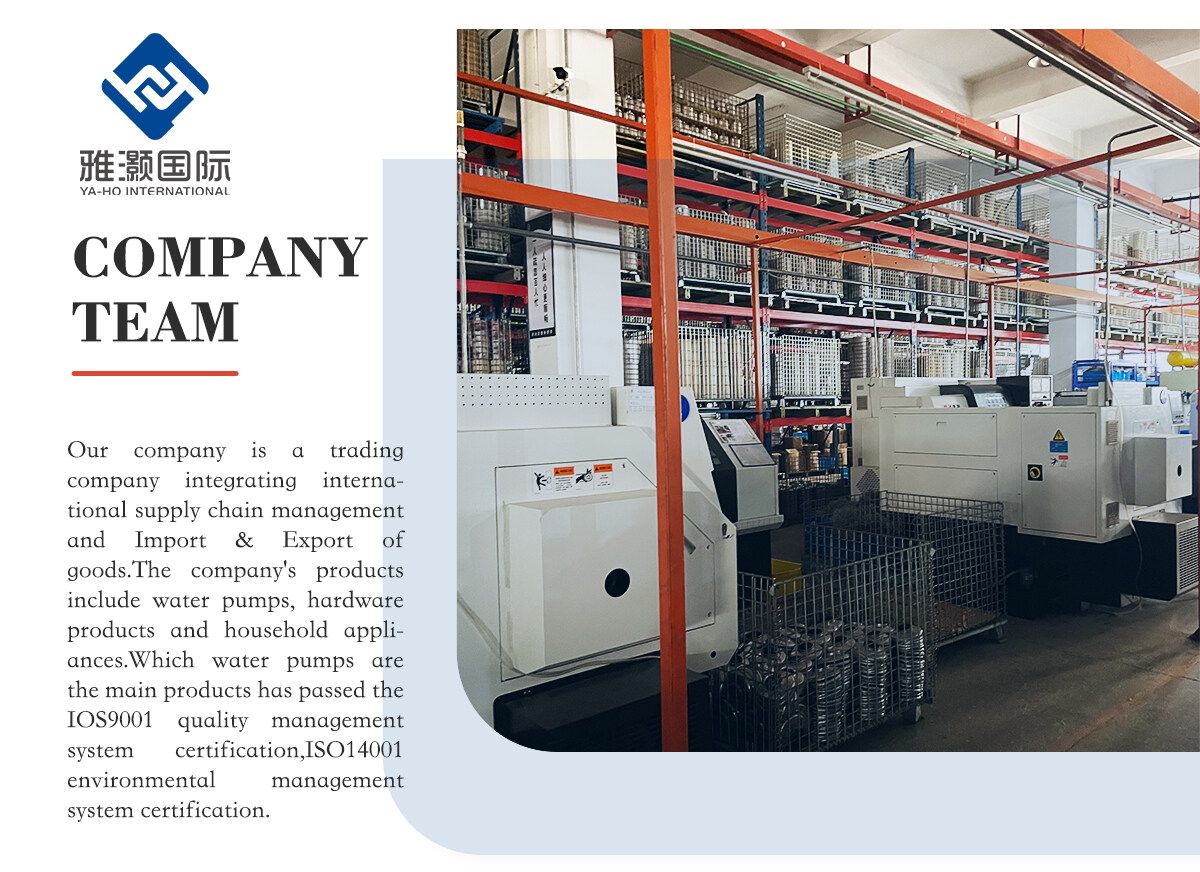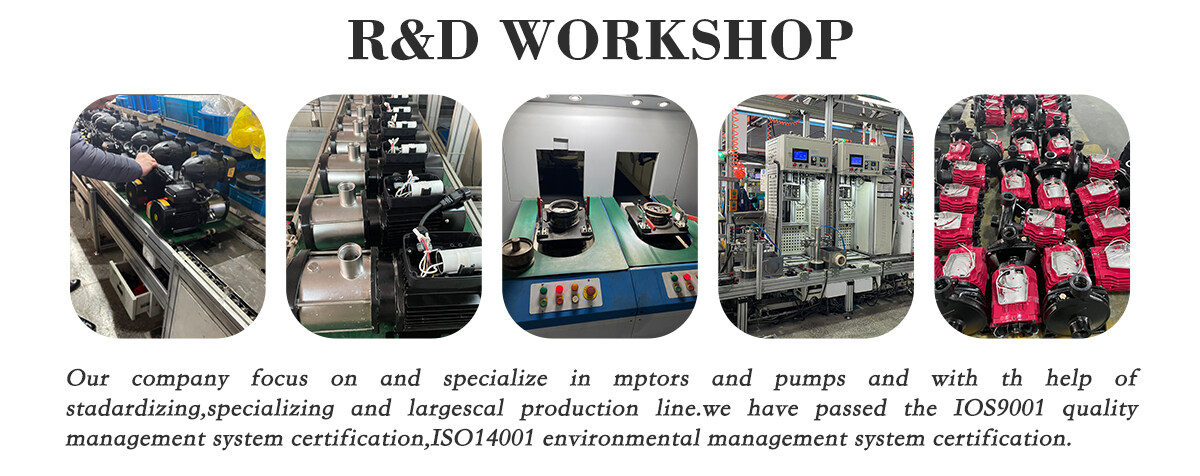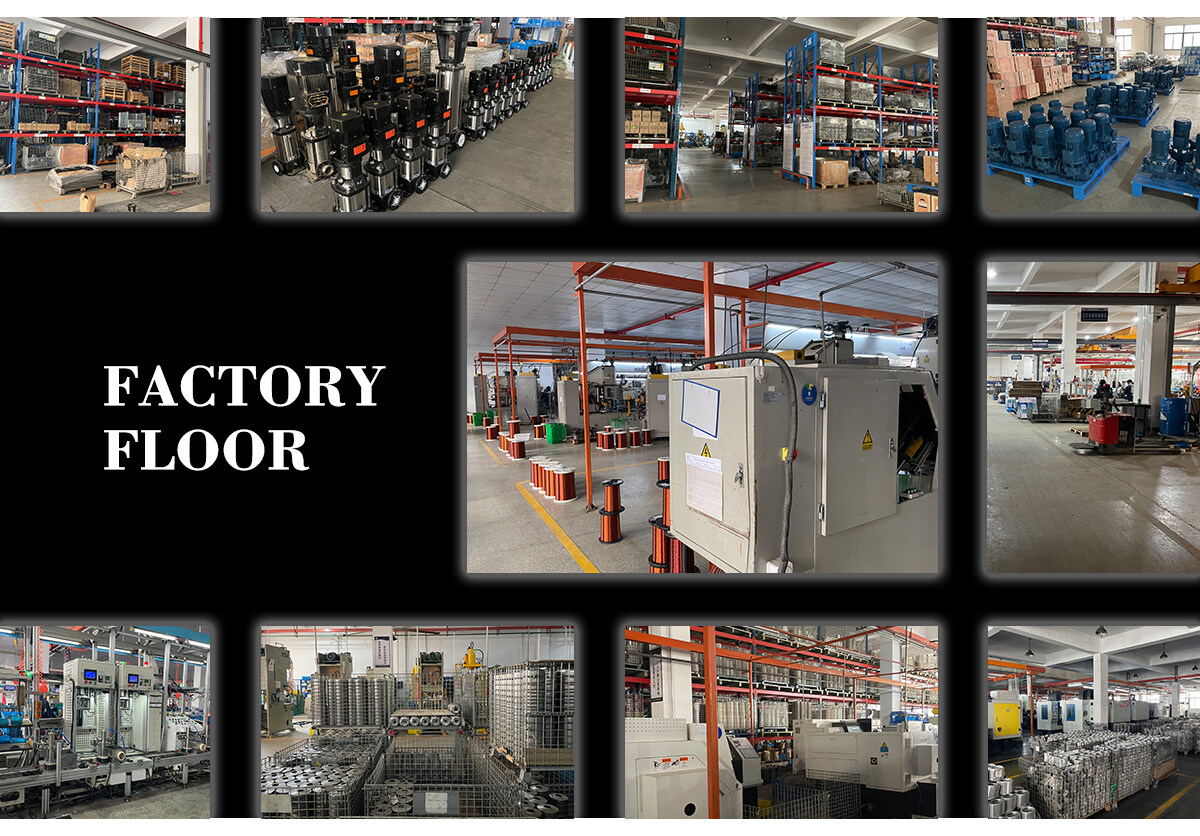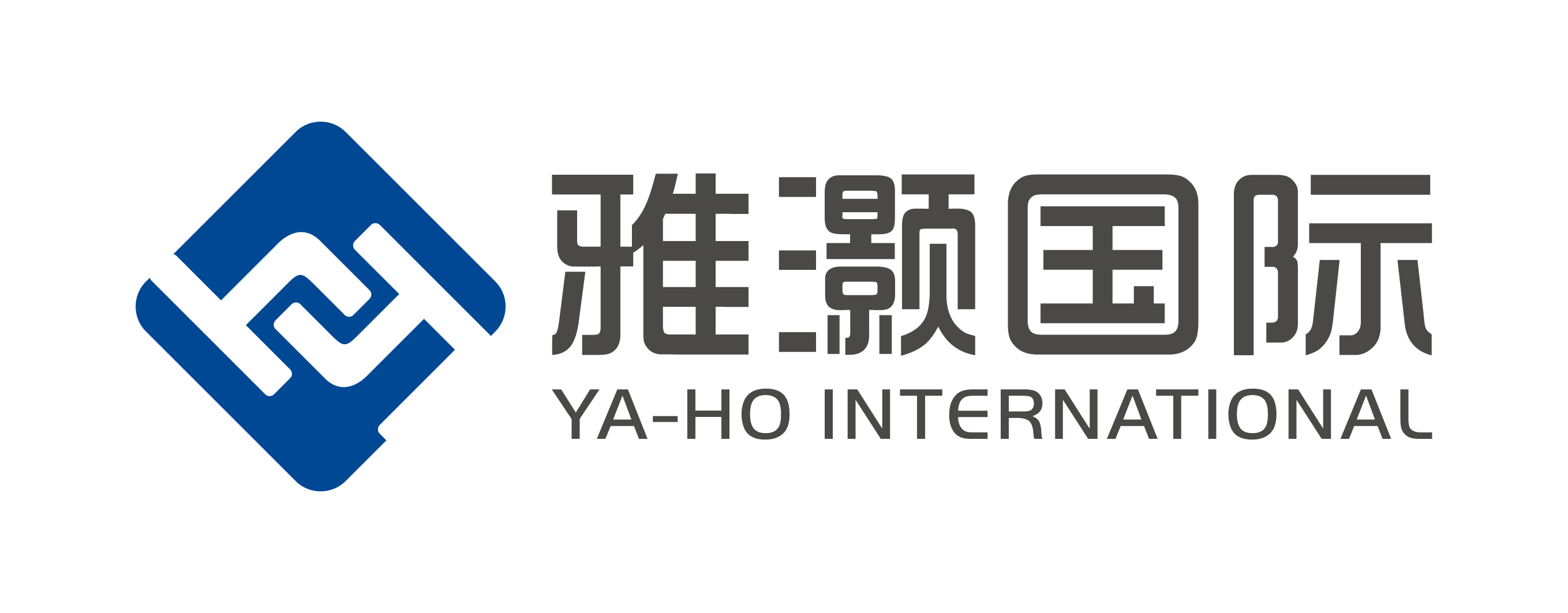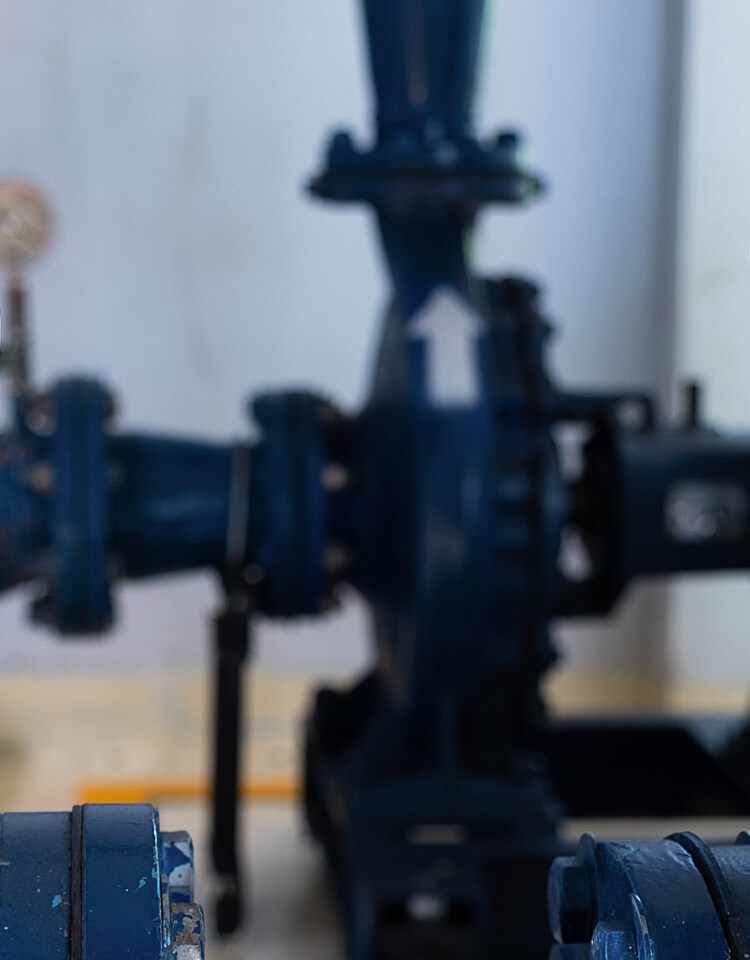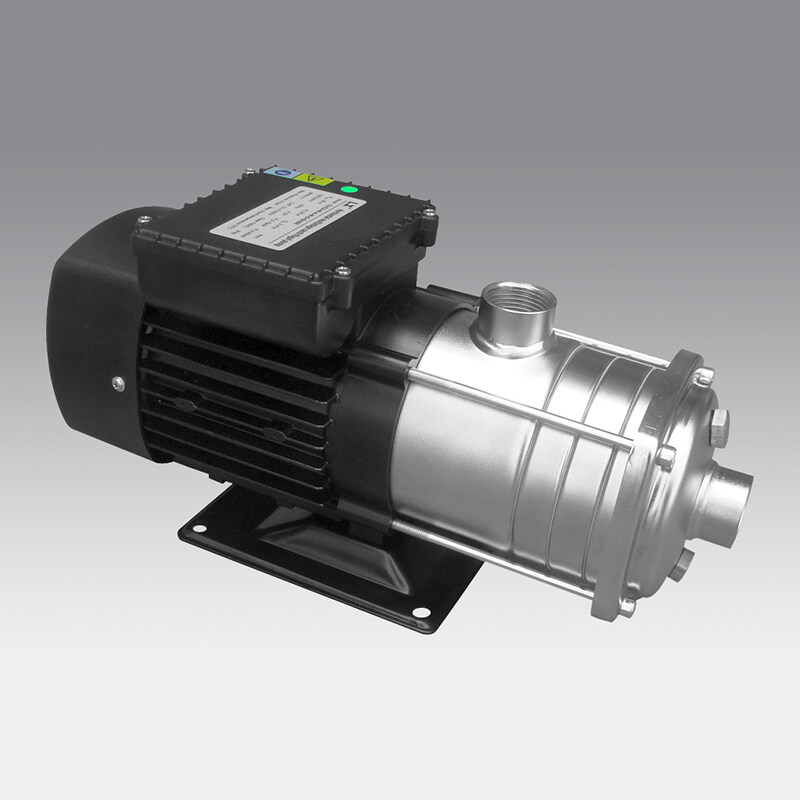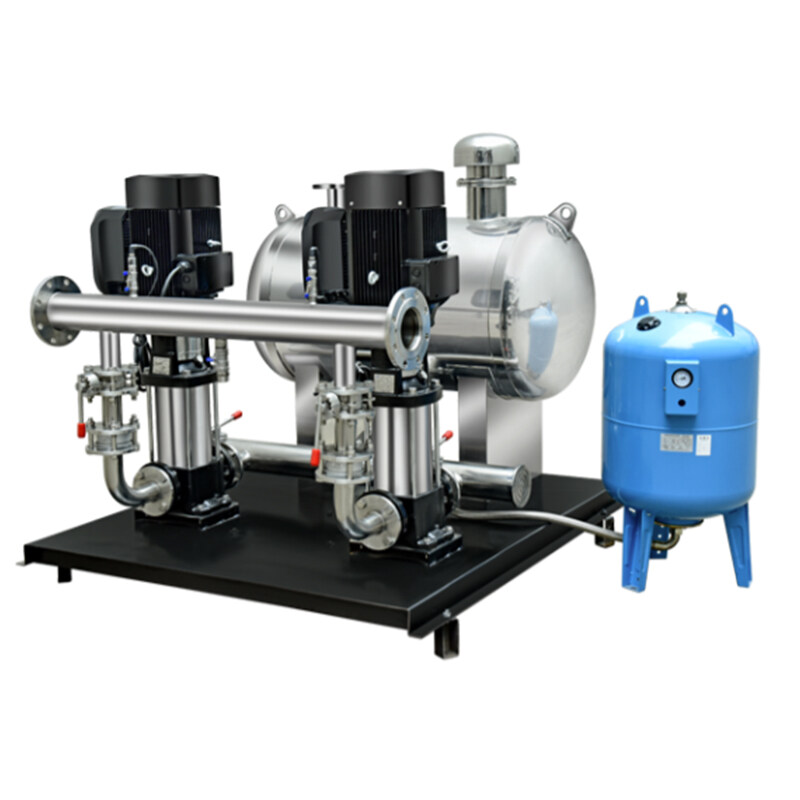Email format error
Email cannot be empty
Email already exists
6-20 characters(letters plus numbers only)
The password is inconsistent
Email format error
Email cannot be empty
Email does not exist
6-20 characters(letters plus numbers only)
The password is inconsistent

PUMPS CUC2-40 50HZ
The system has a maximum capacity of 5.5 gallons per minute and can be used in ponds up to 131 feet deep. This pump is powered by 110 alternating current through a self-priming surge protection and a built-in on-demand pressure switch that will turn it on immediately when the faucet is opened. The pump is protected from overloading, overheating and even running dry.
This water pump is built to last. With a robust metal housing and industrial grade components, you can count on your pump for years. It comes with a reliable 110vAC motor that operates at 165W, providing 5.5 gallons per minute of water flow. This is an essential tool for well-hydrated plants and an effective way to save money on your monthly bill by using greywater.
Product parameters
| 50Hz | ||||||||
|---|---|---|---|---|---|---|---|---|
| Model | Driving motor P2(KW) | Q (m3/h) |
1.0 | 1.5 | 2.0 | 2.5 | 3 | 3.5 |
| CUC2-40 | 0.55 | H(m) | 35 | 32 | 28 | 26 | 23 | 17 |
Maintenance Tips about Water Pump
- Check the ball bearing and replace it if the inner sleeve is worn, loose, the ball is worn or the surface has spots. If it can still be used, clean the bearing with gasoline or kerosene and then grease it for storage.
- Check whether there is a crack or small hole on the impeller, and whether the impeller fixing nut is loose. If it is damaged, repair or replace it. Check the clearance at the impeller antifriction ring. If it exceeds the specified value, repair or replace it.
- When the transmission belt is not in use, it should be removed, cleaned and dried with warm water, and stored in a place free from direct sunlight, or in a place with oil, corrosion and smoke. Under no circumstances should the adhesive tape be stained with oil, diesel or gasoline, or coated with rosin or other viscous substances. Before using the tape, the white powder on the contact surface of the tape must be removed.
- The flow and lift of the water pump shall be controlled within the specified range as far as possible to ensure that the water pump operates at the highest efficiency point, to achieve energy-saving effect.
- During the operation of the water pump, the bearing temperature shall not exceed the ambient temperature by 35C, and the maximum temperature shall not exceed 80C.
- If the water pump is out of service for a long time, it is necessary to disassemble all the water pumps, wipe off the water, coat the rotating parts and joints with grease and install them properly.
- Mechanical seal lubrication shall be clean and free of solid particles. It is forbidden to work the mechanical seal under dry grinding.
For more information about PUMPS CUC2-40 50HZ, please kindly contact us at any time, we are glad to answer for you. If you want to order in quantity, hope that we will be your best choice.
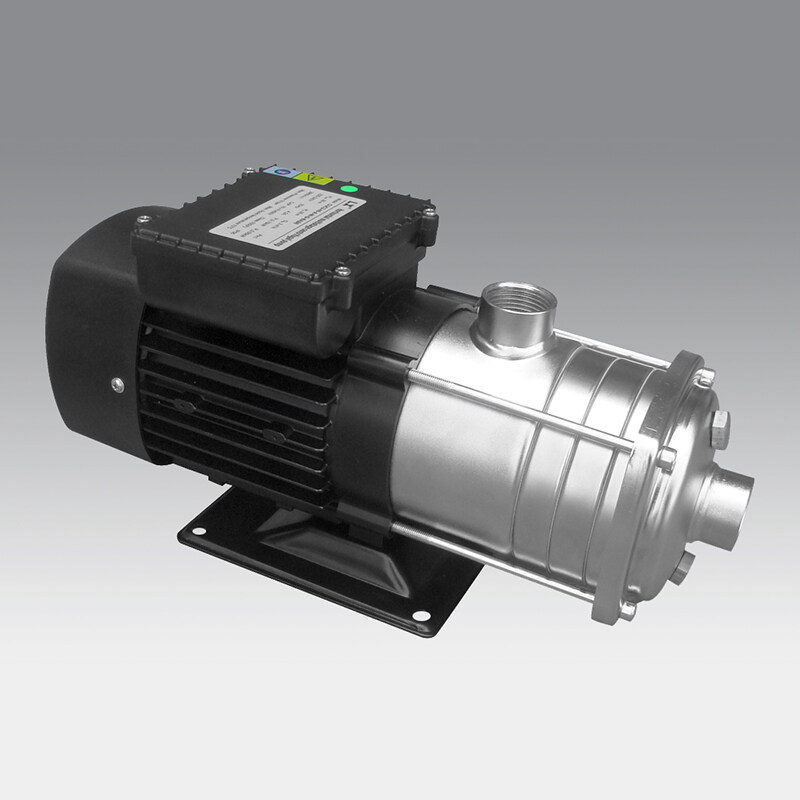
Understanding several basic types of pumps
The two basic types of pumps are positive displacement pumps and centrifugal pumps. Positive displacement pumps drive fluid by moving a certain amount of fluid and forcing a fixed amount into the discharge pipe. Regardless of the discharge pressure, they can produce the same flow at a given speed, making it a constant flow machine. To prevent bursting, positive displacement pumps usually have pressure relief valves or safety valves on the discharge side. If the positive displacement pump operates on a closed discharge valve, the pressure in the discharge increases, causing the pipeline to burst, thereby damaging the pump. Positive displacement pumps can be divided into reciprocating pumps (piston, plunger, and diaphragm), power pumps, steam pumps, and rotary pumps (gears, blades, screws, blades, regenerative or peripheral and progressive cavities).
The reciprocating pump consists of a cylinder with a plunger, in which the retraction stroke enables the suction valve to open and suck the liquid in the cylinder. The forward stroke pushes the liquid into the drain valve. When only one cylinder is used, the fluid flow varies from the maximum flow at the middle position to the zero flow at the end position. Significant energy losses are overcome by using two or more cylinders that work out of phase with each other. On the contrary, the diaphragm pump pressurizes the hydraulic oil through the piston, which flexes the diaphragm in the pump cylinder. Generally, diaphragm pumps are used for dangerous and toxic liquids.
In a rotary gear pump, the opening between the gear teeth and the catch-up liquid of the pump on the suction side. When the teeth of the two gears rotate with each other, the fluid is extruded on the pressure side. Except for the two cams, the operation of the cam pump is similar to that of the gear pump, which is driven by the external timing gear, and the control cam never contacts. Progressive cavity pumps use metal rotors that rotate in an elastic stator. When the rotor rotates, a progressive cavity from the rotor to the stator is formed from the suction end to the discharge end, thereby moving the fluid.
A Centrifugal pump converts the input power into kinetic energy by accelerating the liquid in the impeller. Centrifugal pumps are constant head machines. A volute pump is the most common centrifugal pump. Here, the fluid enters the pump through the eyes of the high-speed rotating impeller. When the fluid accelerates outward from the radial direction of the pump, a vacuum is generated at the eye of the impeller. This vacuum generates more suction and draws more fluid into the pump. The maximum lift depends on the outer diameter and speed of the pump impeller.
The head is used to measure the kinetic energy of the centrifugal pump. The head measures the height of the liquid column, which can be generated by the energy transferred to the liquid by the pump. Instead of using pressure to measure energy, use the head, because pressure can change with specific gravity. The head does not change value. Different types of pump heads are listed below. If the shaft of a centrifugal pump rotates at the same speed per minute, the pump will pump to the same height regardless of the fluid type. The only difference is the amount of power required to pump different types of fluids. Generally, the higher the proportion, the greater the power required.
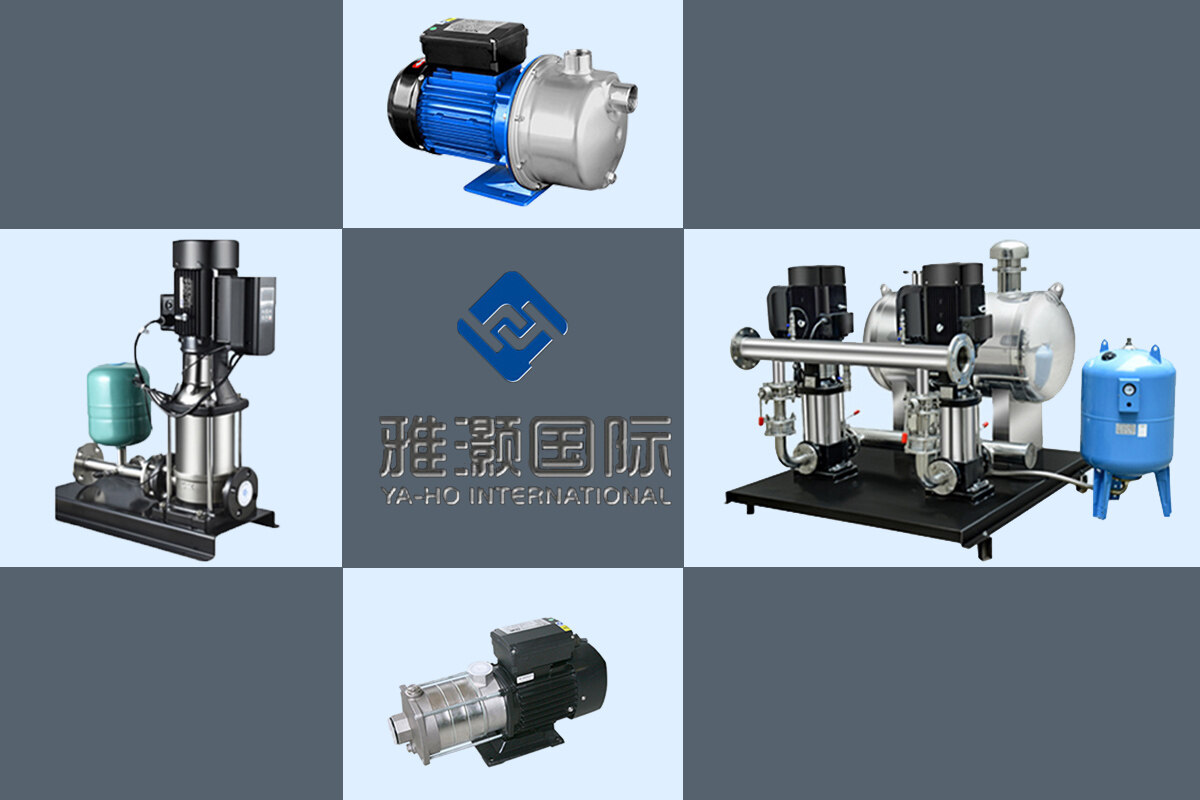
Application field
① In the production of chemical and petroleum sectors, most of the raw materials, semi-finished products and finished products are liquids, and the production of semi-finished and finished raw materials into semi-finished products and finished products needs to go through complex technological processes. During these processes, pumps play a role in transporting liquids and providing pressure flow for chemical reactions. In addition, in many installations, pumps are used to adjust the temperature.
② In agricultural production, pumps are the main irrigation and drainage machinery. my country's rural areas are vast, and a large number of pumps are needed in rural areas every year. Generally speaking, agricultural pumps account for more than half of the total output of pumps.Pumps are also the most used equipment in the mining and metallurgical industries. The mine needs to be drained by pumps, and in the process of beneficiation, smelting and rolling, pumps are needed to supply water.
③ In the power sector, nuclear power plants need nuclear main pumps, secondary pumps, and tertiary pumps, and thermal power plants need a large number of boiler feed pumps, condensate pumps, oil and gas mixing pumps, circulating pumps, and ash pumps.
④ In national defense construction, the adjustment of aircraft flaps, tail rudders and landing gear, the rotation of warships and tank turrets, and the ups and downs of submarines all require pumps. High pressure and radioactive liquid, and some also require the pump without any leakage.
⑤ In short, whether it is aircraft, rockets, tanks, submarines, drilling, mining, trains, ships, or everyday life, pumps are needed everywhere, and pumps are running everywhere. That's why the pump is listed as a general-purpose machine, which is a major product in the machinery industry.
⑥ Electric pumps, i.e. pumps driven by electricity. The electric pump is composed of a pump body, a water lift pipe, a pump base, a submersible motor (including cables) and a starting protection de
